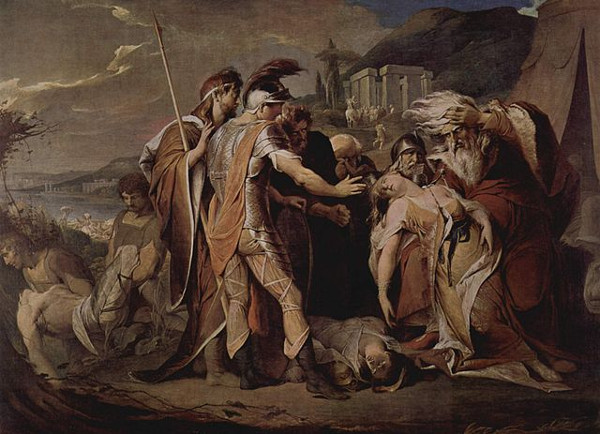
When Michael Hordern took on the role of King Lear, he asked John Gielgud whether he had any advice to help him get through the run.
“Yes,” Gielgud said. “Get a small Cordelia.”

When Michael Hordern took on the role of King Lear, he asked John Gielgud whether he had any advice to help him get through the run.
“Yes,” Gielgud said. “Get a small Cordelia.”
In 1895, hoping to marry sound and pictures, William Kennedy Laurie Dickson played a violin into a phonograph horn in Thomas Edison’s experimental film studio, and the sound was recorded on a wax cylinder.
The experiment went well, but the team made no attempt to unite sound and image at the time. The film portion remained well known, but the wax cylinder drifted into another archive and was rediscovered only in the 1960s. It wasn’t until 2000 that film editor Walter Murch succeeded in adding the music to the long-famous fragment, and Dickson’s violin could finally be heard.
The vignette, now the oldest known piece of sound film, shows that sound was not a late addition to moviemaking, film preservationist Rick Schmidlin told the New York Times. “This teaches that sound and film started together in the beginning.”
Large as the English word-stock is, it is not perfect. There are a number of situations which other languages have a single word for, but which English must express by circumlocution. Some of these were described by Dmitri Borgmann in the February 1970 Word Ways. For example, the English phrase ONE AND ONE HALF is succinctly described by Polish POLTORA, German ANDERTHALB or Latin SESQUIALTER. (In fact the Polish even have the word POLOSMA for SEVEN AND ONE HALF!) Similarly, English THE DAY BEFORE YESTERDAY is more compactly expressed by German VORGESTERN or Spanish ANTEAYER, and English THE DAY AFTER TOMORROW by German UBERMORGEN, Italian DOPODOMANI or Polish POJUTRZE. To express relationships, German uses GESCHWISTER for BROTHERS AND SISTERS, Polish uses STRYJ for the paternal uncle and WUJ for the maternal uncle, and SZWAGROSTWO for one’s husband’s brother and his wife.
— A. Ross Eckler, “English: Best For(e)play With Words,” Word Ways, August 2008
An inventive idea from Benjamin Franklin:
The Accidents I have seen at Sea with large Dishes of Soup upon a Table, from the Motion of the Ship, have made me wish that our Potters or Pewterers would make Soup Dishes in Divisions, like a Set of small Bowls united together, each containing about sufficient for one Person, in some such Form as this,
for then when the ship should make a sudden Heel, the Soup would not in a Body flow over one Side & fall into People’s Laps & scald them, as is sometimes the case, but would be retain’d in the separate Divisions, as in this Figure.
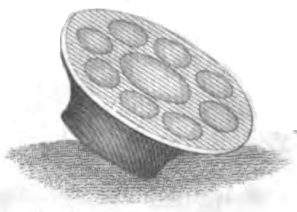
Also: “If your dry Peas boil hard, a two Pound Iron Shot put with them into the Pot, will by the Motion of the Ship grind them as fine as Mustard.”
(From a letter to David Le Roy, August 1785.)
The American Mathematical Monthly of January 1959 notes an “interesting Pythagorean triangle” discovered by Victor Thébault: If the two perpendicular sides of a right triangle measure 88209 and 90288, then the hypotenuse is 126225.
In other words, if you sum the squares of 88209 and its reverse, the result is a perfect square.
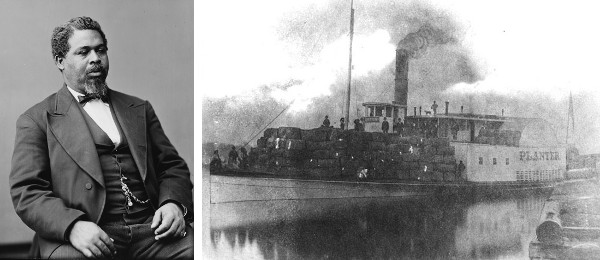
In 1862, slave Robert Smalls was working as a pilot aboard a Confederate transport ship in Charleston, S.C., when he siezed a unique chance to escape. In this week’s episode of the Futility Closet podcast we’ll follow his daring predawn journey, which rescued 17 people from slavery and changed the course of South Carolina history.
We’ll also reflect on justice for bears and puzzle over a hijacker’s surprising request.
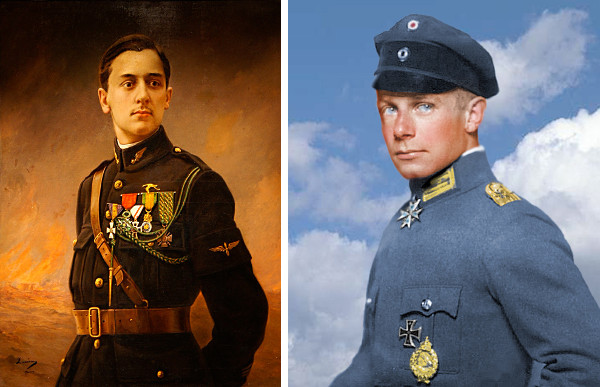
Flying alone over France in April 1917, German flying ace Ernst Udet engaged another lone pilot in aerial combat. The other pilot, a Frenchman, was exceptionally talented, anticipating all of Udet’s moves and reacting instantly. “Sometimes we pass so closely I can clearly recognize a narrow, pale face under the leather helmet,” Udet wrote later. “On the fuselage, between the wings, there is a word in black letters. As he passes me for the fifth time, so close that his propwash shakes me back and forth, I can make it out: ‘Vieux‘ it says there — vieux — the old one. That’s Guynemer’s sign.”
Guynemer was Georges Guynemer, France’s top fighter ace, who had brought down 30 Germans in fights like this. “Slowly I realize his superiority,” Udet wrote. “His aircraft is better, he can do more than I, but I continue to fight.” For a moment he managed to get Guynemer into his sights, but he found that his gun wouldn’t fire — it was blocked.
Udet tried to clear the stoppage by hand but failed. He considered diving away but knew that Guynemer would instantly shoot him down. They circled one another for another eight minutes as Udet sought to evade the Frenchman’s guns. When Guynemer swooped overhead, Udet hammered the gun with his fists and then realized his mistake:
Guynemer has observed this from above, he must have seen it, and now he knows what gives with me. He knows I’m helpless prey.
Again he skims over me, almost on his back. Then it happens: he sticks out his hand and waves to me, waves lightly, and dives to the west in the direction of his lines.
I fly home. I’m numb.
“There are people who claim Guynemer had a stoppage himself then,” Udet wrote in Ace of the Iron Cross. “Others claim he feared I might ram him in desperation. But I don’t believe any of them. I still believe to this day that a bit of chivalry from the past has continued to survive. For this reason I lay this belated wreath on Guynemer’s unknown grave.”
I want to be what I was when I wanted to be what I am now.
— Graffito in a restroom of the Ninth Circle Restaurant, New York City, noted in Robert Reisner and Lorraine Wechsler’s Encyclopedia of Graffiti, 1974
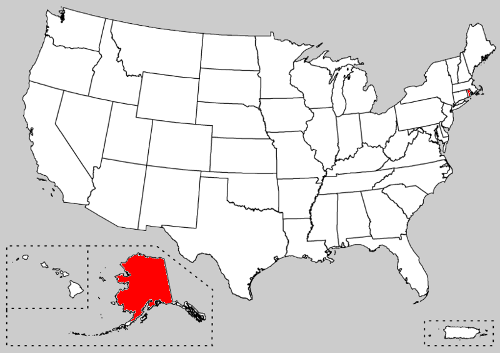
The smallest U.S. state, Rhode Island, has a larger population than the largest U.S. state, Alaska.
The world’s oldest operating roller coaster, Leap-the-Dips, in Altoona, Pa., was built in 1902. It’s 41 feet high and has an average speed of 10 mph.
New Jersey’s Kingda Ka, below, opened a century later. It’s 456 feet high and accelerates to 128 mph in 3.5 seconds.
What’s next?